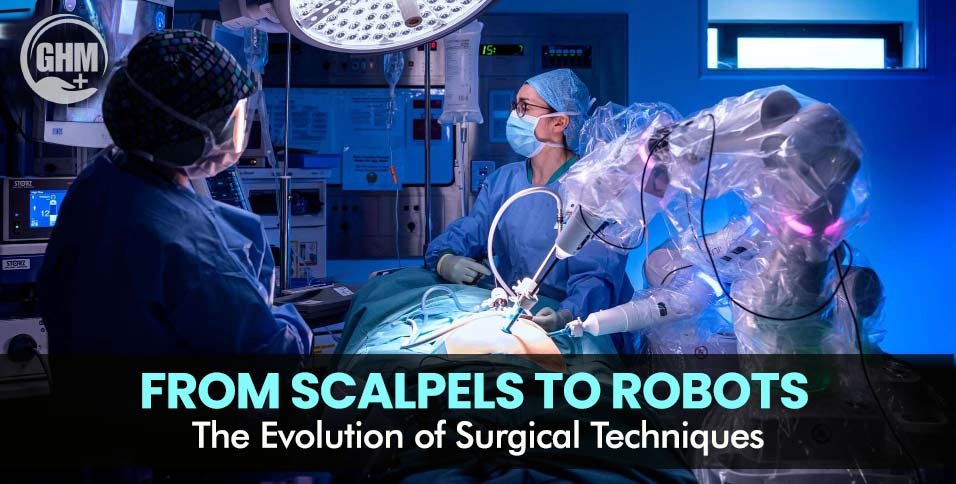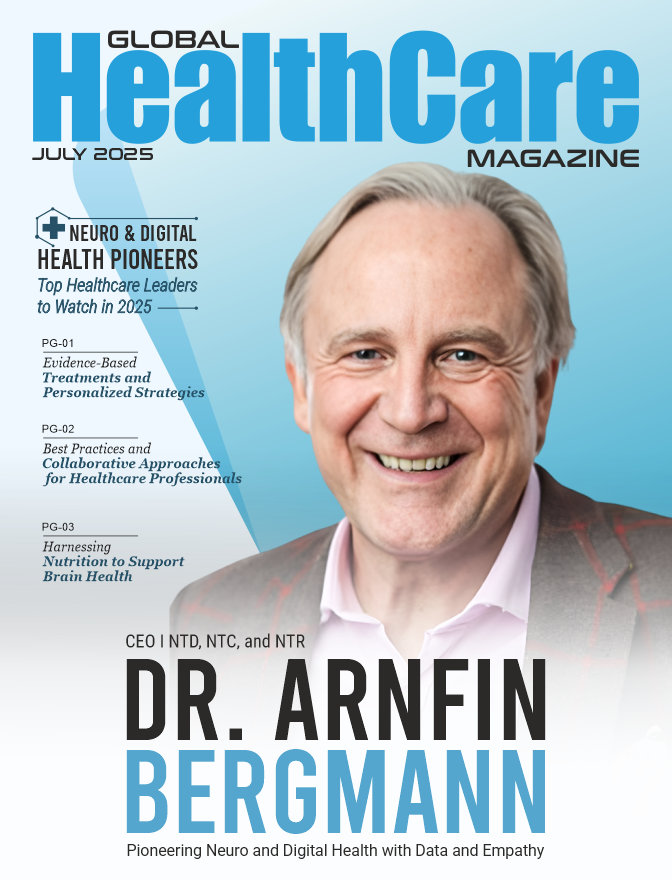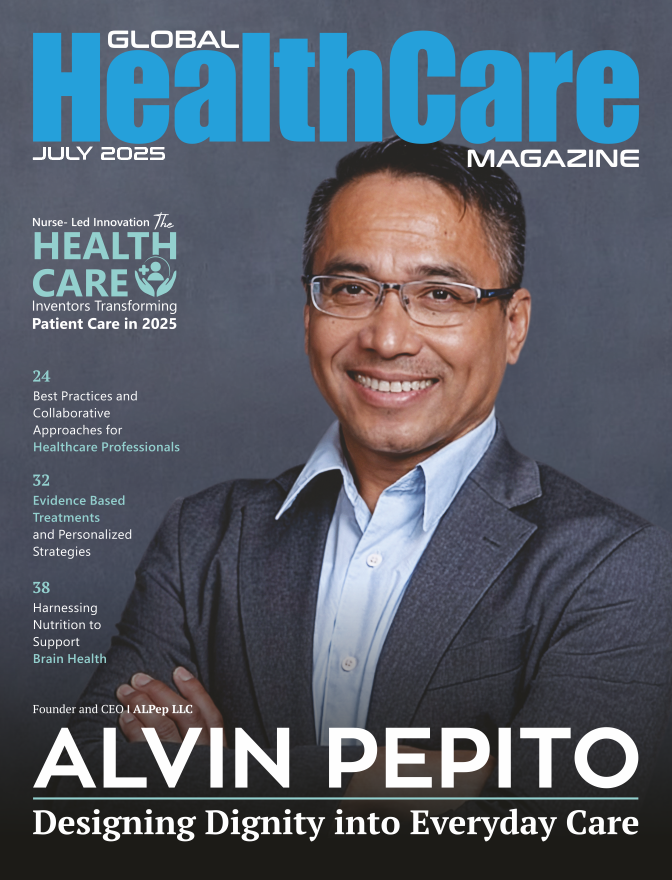In today’s rapidly advancing world of healthcare, surgical procedures are undergoing a transformative revolution, driven by innovative technologies that promise to improve patient outcomes and redefine the way surgeries are performed. These changes are not only making surgeries less invasive but also enhancing patient safety and reducing costs. In this blog, we’ll explore the key advancements that are shaping the future of surgery.
Less Invasive Procedures:
One of the most notable trends in modern surgery is the shift towards less invasive procedures. Traditional surgeries that required large incisions are giving way to minimally invasive techniques. Surgeons are now utilizing image-guided procedures, robotic surgery, and tele-surgery to replace conventional methods. These advancements result in reduced pain for patients, shorter hospital stays, and, in some cases, procedures that only require sedation rather than general anesthesia.
Natural Orifice Surgery:
A fascinating development in surgery is the evolution of natural orifice transluminal endoscopic surgery (NOTES). This technique allows surgeons to perform procedures through natural body openings like the mouth, vagina, or rectum, avoiding external incisions altogether. It promises safer and less traumatic surgeries, particularly for conditions like polyps and early malignancies.
Ablations Over Resections:
The future of surgical therapeutics is shifting towards ablations, where tissue is removed or treated without major resections. Technologies like radiofrequency ablation, focused ultrasonography, and CyberKnife ablation are becoming more prominent. These approaches minimize morbidity and promote quicker recovery.
Advancements in Robotics:
Robotic surgery has gained traction over the years, offering enhanced precision and dexterity. Future robotic systems will be smaller, more compact, and capable of providing real-time diagnostics. Surgeons will have the ability to perform procedures remotely, even at extreme distances, thanks to advanced communication technologies.
Enhanced OR Environments:
Operating rooms are evolving too. Research platforms and OR laboratories are being established to develop and test prototypes safely. OR design is improving, with a focus on efficient logistics and real-time workflow enhancements. Clinical decision support systems are combining patient-specific data with intelligent devices to enhance safety.
Advanced Imaging Techniques:
Surgery is benefiting from advanced imaging technologies. High-definition, 3D imaging systems provide surgeons with better visualization and access to detailed anatomical structures. Augmented-reality systems allow surgeons to overlay virtual images onto the patient’s organ during the operation, aiding in precision.
The Role of Simulation:
Simulation plays a critical role in the adoption of new surgical technologies. It allows for personalized simulation, preprocedural planning, and rehearsal within the specific patient’s anatomy. Surgeons can test new technology, workflows, and processes in a risk-free environment before implementing them in actual procedures.
As we look ahead, it’s essential to recognize that while technology is transforming surgery, teamwork, open communication, and the willingness to adapt are equally vital. These developments hold the promise of better clinical outcomes, reduced patient discomfort, and a more cost-effective healthcare system.
Conclusion
The future of surgery is bright and filled with exciting possibilities. The shift towards less invasive, more precise, and technologically advanced procedures will continue to benefit both patients and healthcare providers. As these innovations become more widespread, we can expect a healthcare landscape where surgeries are safer, more accessible, and more efficient than ever before.



















